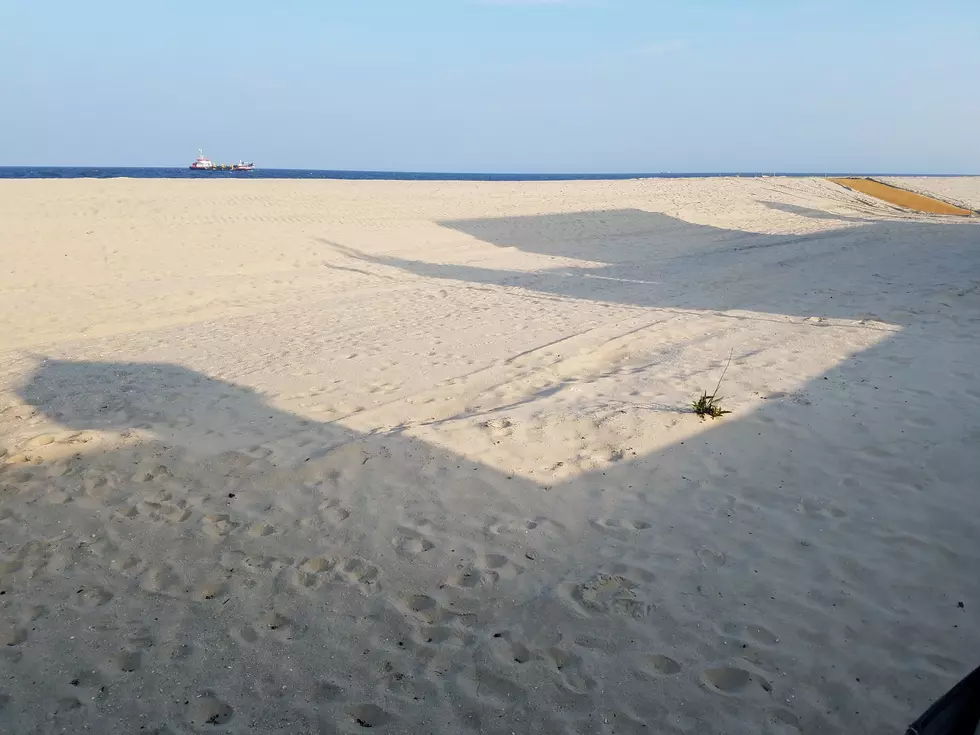
The Only House Left Standing in Mantoloking – But Why?
Hurricane Sandy nearly wiped Mantoloking off the map. But why did this house make it through the storm?
For Ed Wright, a resident in Mantoloking, NJ, the storm brought gusts up to 80 miles per hour and created a surge that temporarily made his home its own island at the end of the Mantoloking Bridge.
Prior to returning home, Ed and his wife Betsy feared losing everything and had discussed not building back if they were to find their home in shambles or washed away.
“A friend of mine called me the morning after Sandy hit,” Wright said. “He told me, ‘The bad news is everybody’s gone and the good news is you’re the only one left.’” In Mantoloking, Sandy’s surge was so powerful that it washed cars, homes, trees and other debris into Barnegat Bay as if they were toy sailboats floating along a stream.
Wright built his home 30 years ago and made the choice to use pilings and elevate it after he noticed some minor flooding and debris washing down the street. Taking all the right precautions and following up with his building officials prior to construction, Wright was able to create a design that made his home strong enough to withstand Sandy’s force. The nearly 45 feet high wood pilings were driven between 30-35 feet into the ground. Then, the home was stabilized from the finished floor to the roof by tying it all together to the floor joists.
The neighbors were upset that Wright’s home was so high and many felt that the pilings would be an eyesore for their community, but he moved forward with his plans. He later decided to enclose his ground level with breakaway walls.
Designed to collapse during a flood impact, breakaway walls allow floodwaters to easily pass through the area below the living space, thereby minimizing damage to the structure. For Wright, these walls would provide the attractive look his neighbors would love and would also offer the home more sustainable protection during a flood event.
“The breakaway walls saved the house,” Wright said. “Without them, our house would look like all the other houses around here, or it would even be gone.”
Immediately following Sandy, a Nor’easter moved across the northeast region and created another surge that pushed through the inlet in Mantoloking that Sandy had created.
“We came back in here and it was just beyond belief,” Wright said about returning to his devastated neighborhood. He lost his furnace, outside air conditioning unit, washer, dryer, and vehicles, but that is all he lost.
Inside his personal items remain in place and the elevated sockets in his garage are untouched.
“The mementoes that so many people have lost—we still have them,” Wright said looking around at the pictures hanging on the wall. “We are very happy.”
As he looks around his empty neighborhood, Wright states he is grateful he made the choice 30 years ago to elevate his home. Wright has been sharing one helpful piece of advice to those rebuilding after Sandy: “Elevation is the key.”
To learn more on elevating your home contact your local officials and visit, http://www.fema.gov/national-flood-insurance-program-2/elevation.
To find more information about pilings, structure stabilization, breakaway walls and other information on coastal construction design visit, http://www.fema.gov/residential-coastal-construction.
More From 94.3 The Point









